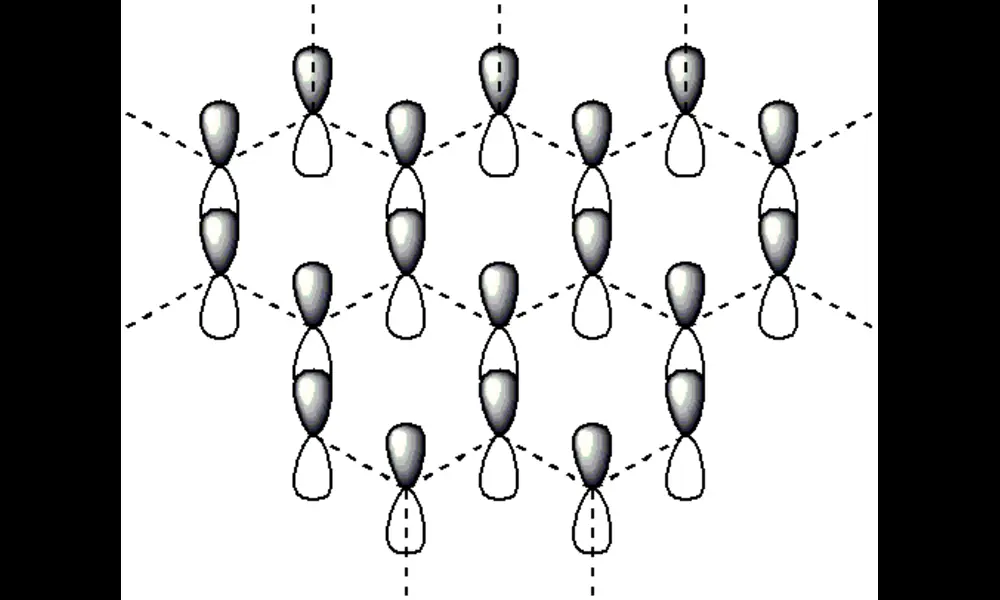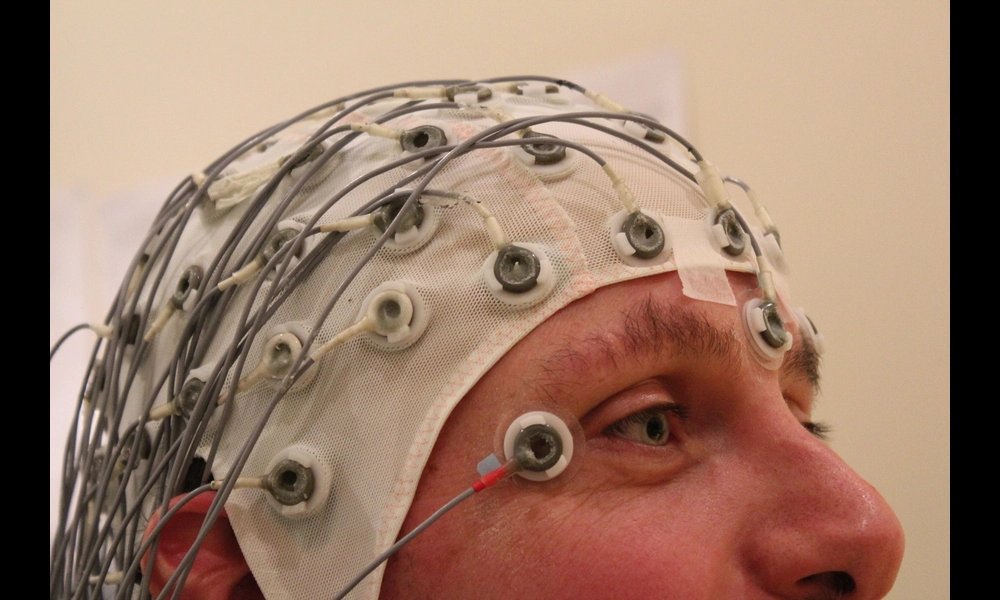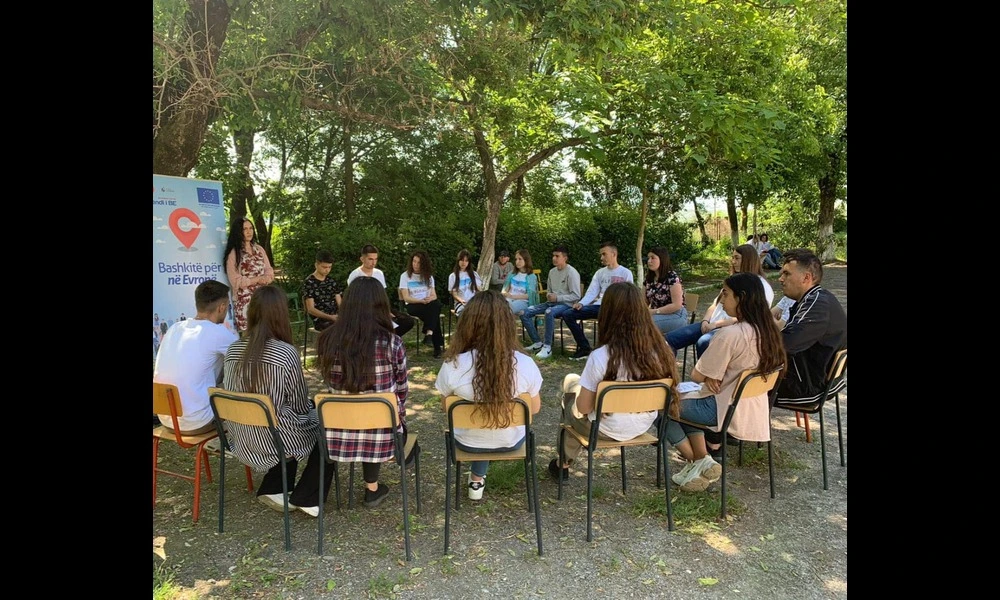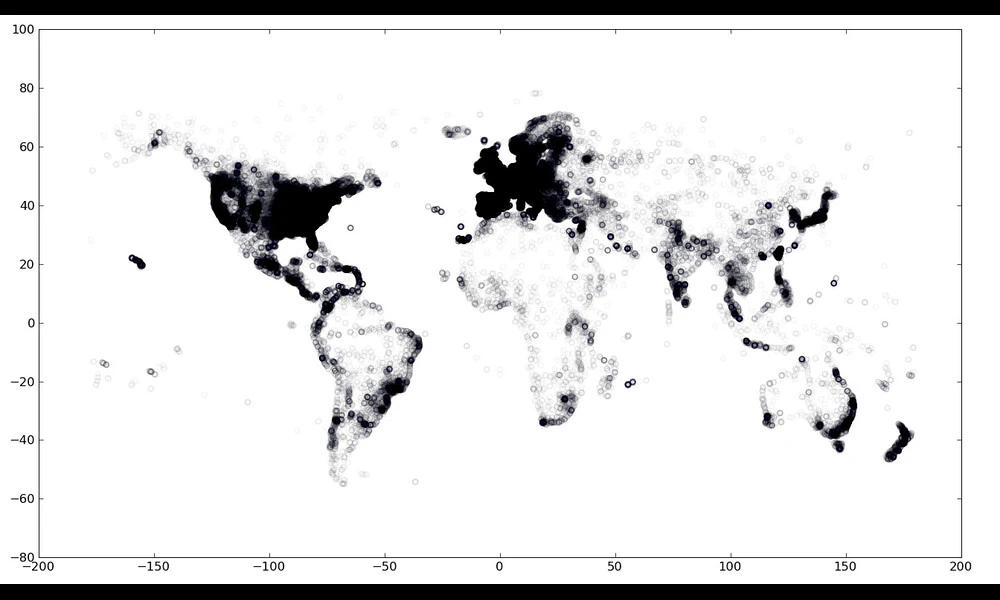Dispersion Measures of Fast Radio Bursts and their Host Galaxies
Published on Mon Sep 25 2023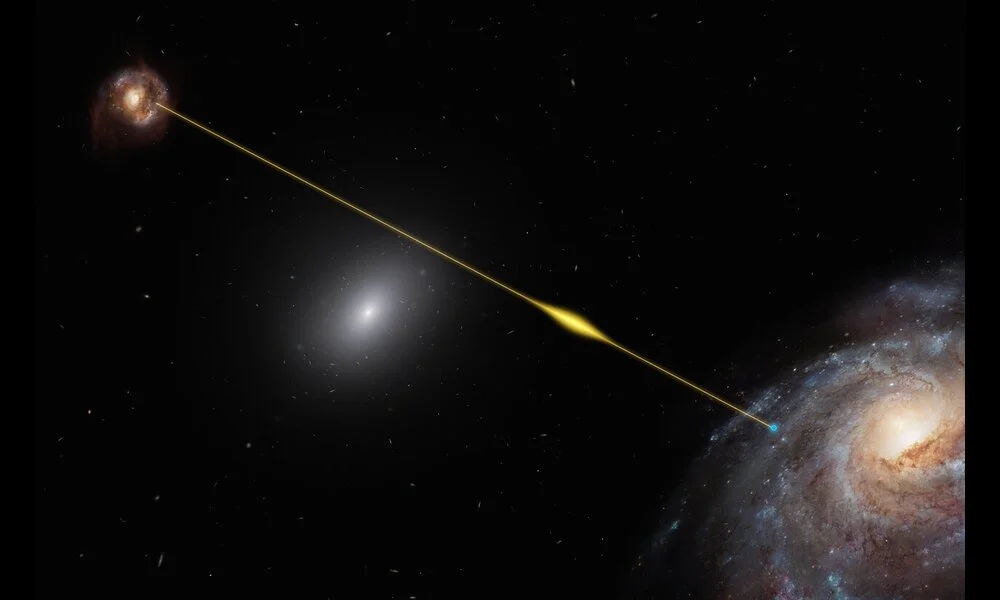 Artist’s impression of a fast radio burst traveling through space and reaching Earth | European Southern Observatory on Flickr
Artist’s impression of a fast radio burst traveling through space and reaching Earth | European Southern Observatory on Flickr
New research has shed light on the dispersion measure (DM) of fast radio bursts (FRBs). FRBs are transient radio sources that are believed to originate from sources outside our galaxy. The DM measures the integrated column density of free electrons between the observer and the signal source. By analyzing known physical models and data from 22 FRBs with identified host galaxies, researchers discovered that the host galaxy dispersion measure increases with redshift, the measure of how much the universe has expanded since the burst occurred. Additionally, they found that the dispersion measure differs between repeating and non-repeating bursts. The study suggests that the differences in the local environments of the bursts may account for this discrepancy.
The results of the study have important implications for understanding the nature of FRBs. By analyzing the dispersion measures of FRB host galaxies, scientists can gain insights into the environments in which these bursts occur. The findings indicate that the dispersion measure is influenced by factors such as the distance of the burst from the galactic center and the star formation rate of the host galaxy. The study also suggests that the differences in the dispersion measures between repeating and non-repeating bursts may provide clues about their physical origins.
This research contributes to our understanding of FRBs and their host galaxies. By examining the dispersion measures of FRB host galaxies, scientists are able to learn more about the environments in which these bursts occur and gain insights into their physical origins. The findings of this study provide valuable information for future studies aimed at unraveling the mystery of FRBs. Further research in this field could lead to breakthroughs in our understanding of these elusive cosmic phenomena.
